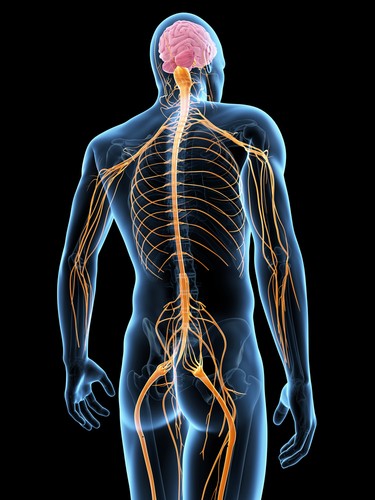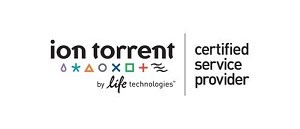Collectively, neuromuscular disorders refer to numerous disorders that affect the peripheral nervous system, either by impairing the development and function of the muscles or by disturbing the associated nerves or neuromuscular synapses. This broad category includes more than 400 hereditary diseases, all of which are individually rare, but together have an incidence greater than 1 in 3,000.
Muscular dystrophies comprise the most common but also heterogeneous subgroup with many common clinical symptoms, which include muscle degeneration, loss of muscle mass, progressive muscular weakness, hypotonia and elevated serum levels of the enzyme CPK.
Recently, a large number of genes have been associated with neuromuscular disorders and we have thus expanded our understanding of the molecular basis of these diseases. However, the cause(s) is unknown in the majority of patients, despite clinical and histological evidence. The significant genetic and phenotypic heterogeneity, our inability to correctly identify sporadic and non-sporadic cases and the often overlapping clinical features are great challenges in detecting the underlying genetic causes. Furthermore, neuromuscular disorders in their entirety are manifested in all possible types of inheritance, i.e. as autosomal recessive, autosomal dominant or X-linked.

